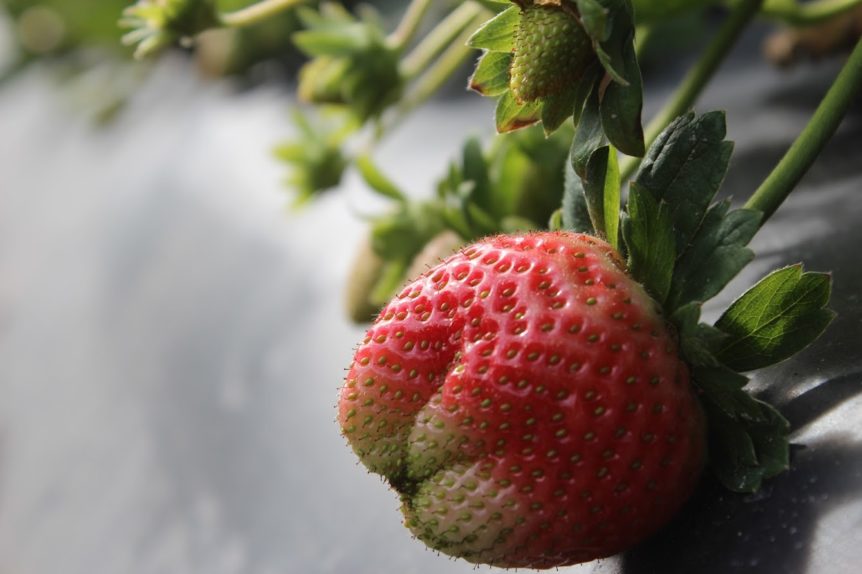
By Clint Thompson
This year’s strawberry season has reminded Florida growers about the danger of too much water.
“Any berry that gets wet, you’re going to start getting botrytis on it. It doesn’t matter if it’s a strawberry, blackberry, blueberry; whatever berry it is, it’s going to start to rot,” said Matt Parke, farm manager of Parkesdale Farms in Plant City, Florida.
Amid the current El Niño weather pattern, the strawberry crop in Plant City was recently subjected to 36 hours of straight rainfall. Parke discussed the impact that too much rainfall can have on a strawberry crop during harvest season.
“Thirty-six hours of windy rain pushes a lot of water underneath the calyx on the strawberry leaf. If you have more than 24 hours of wet under there, it’s going to cause botrytis to start. We had 36 hours of rain so, probably, it stayed wet for 48,” Parke said.
What is Botrytis?
According to the University of Florida Institute of Food and Agricultural Sciences (UF/IFAS), botrytis fruit rot is also known as gray mold and considered one of the most important diseases of strawberries in Florida. Infections that start in the field continue to develop during storage and transit at refrigeration temperatures.
Parke and fellow growers enjoyed much-needed sunshine last week. It was a sight for sore eyes following rainfall and rot on a lot of berries.
“Once we get out of the rains and have an open week where we get them cleaned up, they look really great. But coming out of these rains where we’re having to deal with water damage plus fruit rot, like today, I’ve thrown down more fruit rot than I had,” Parke said a couple of weeks ago. “I mean it looks like I’m stripping my field.”










